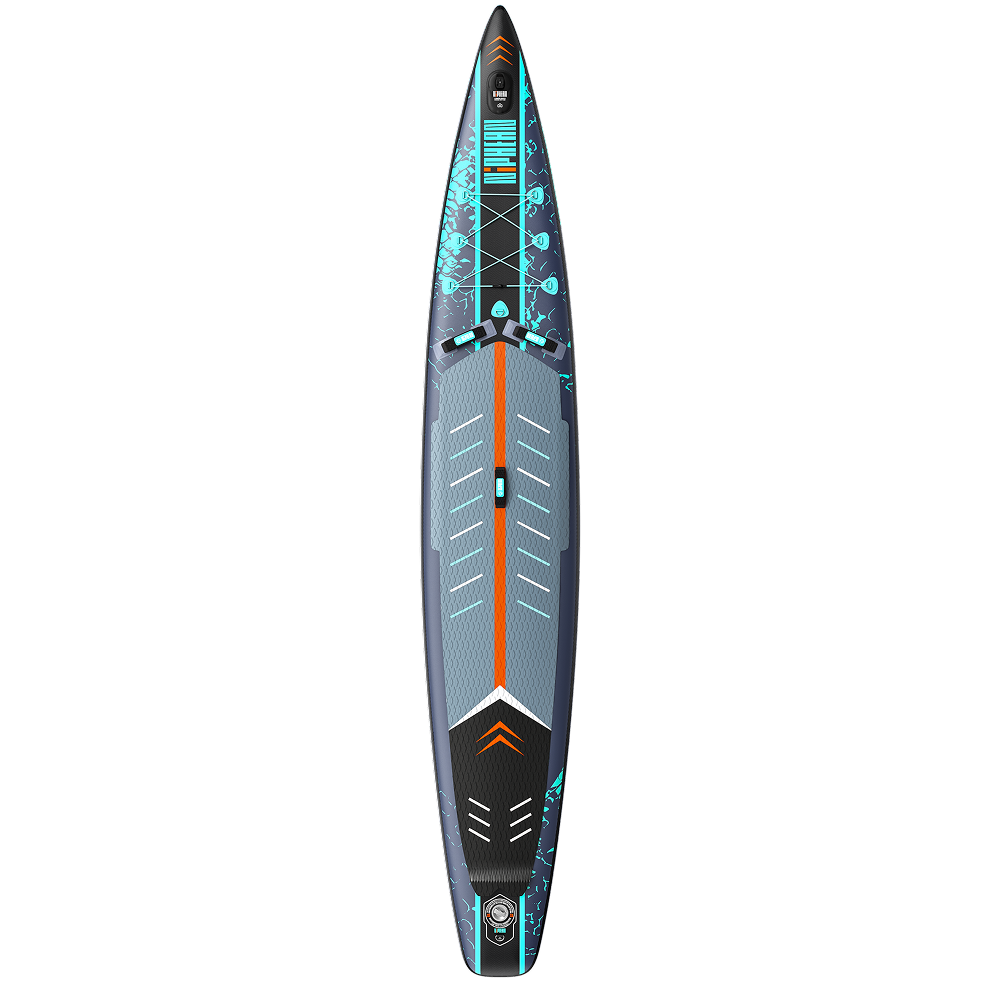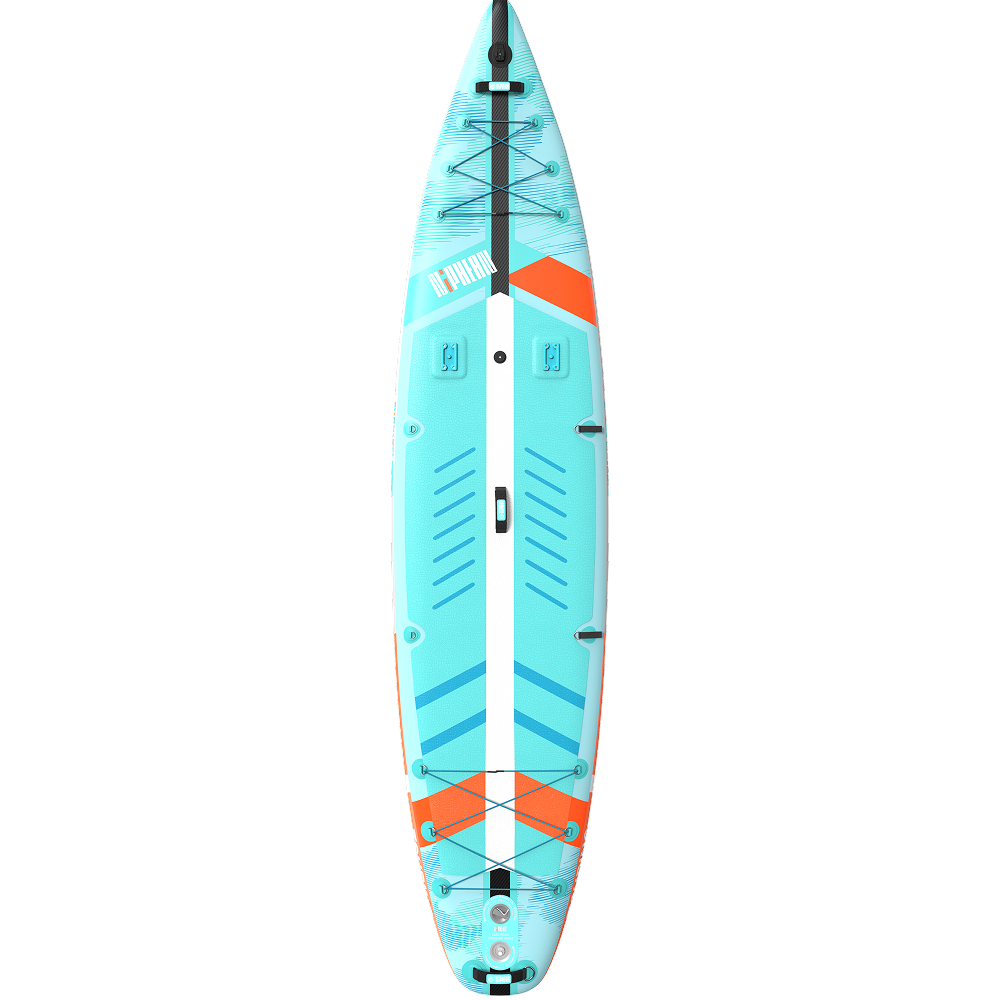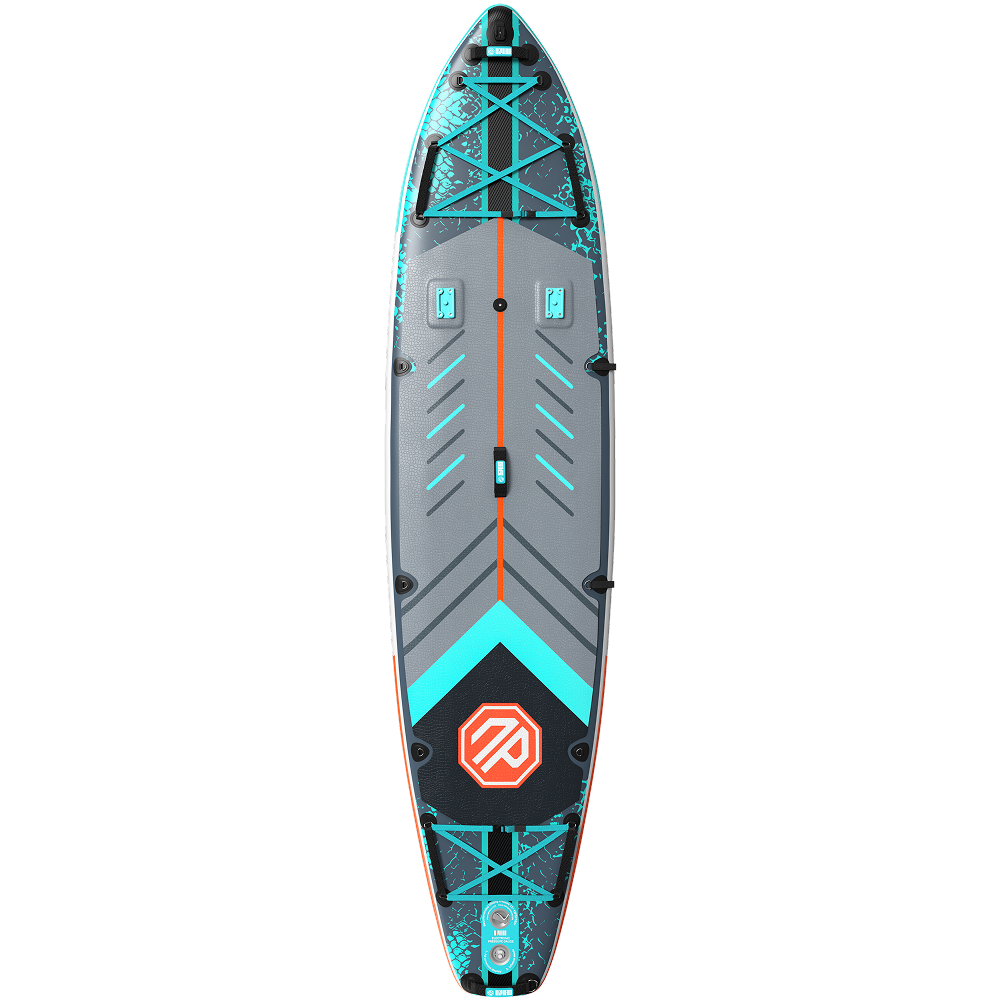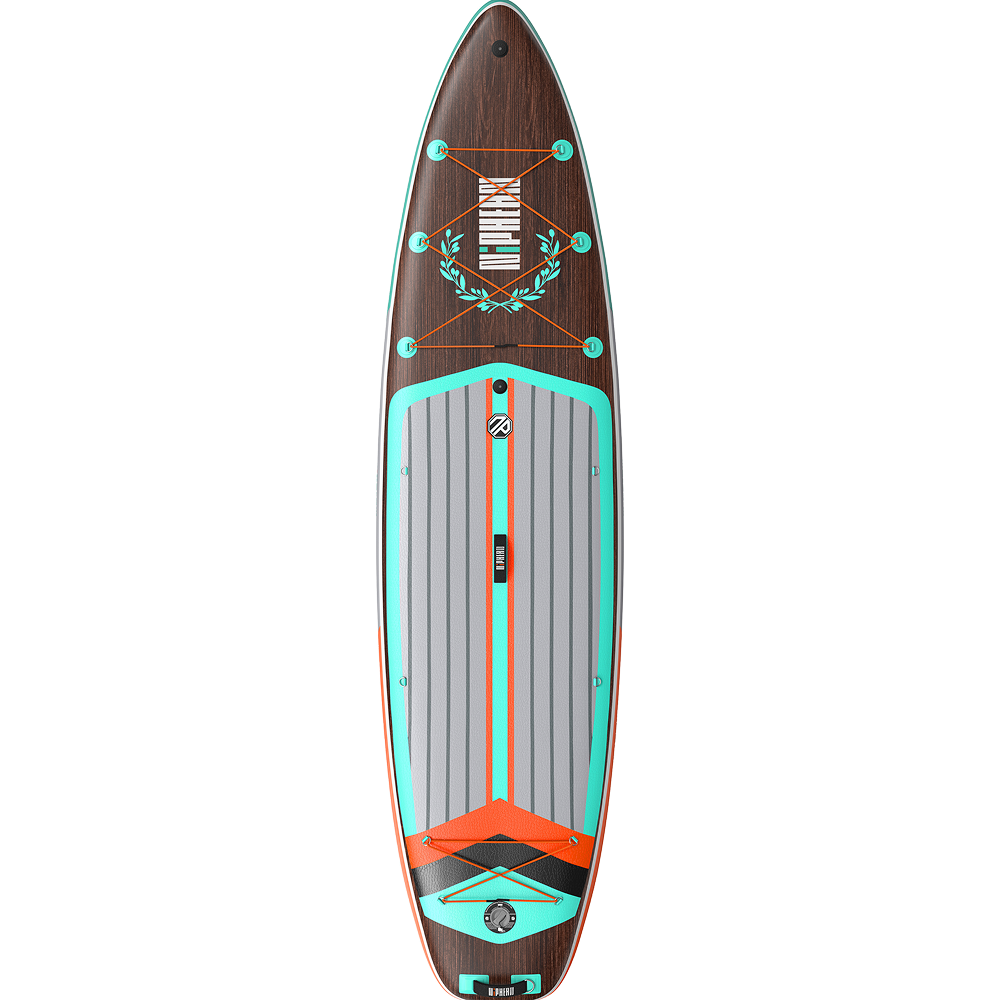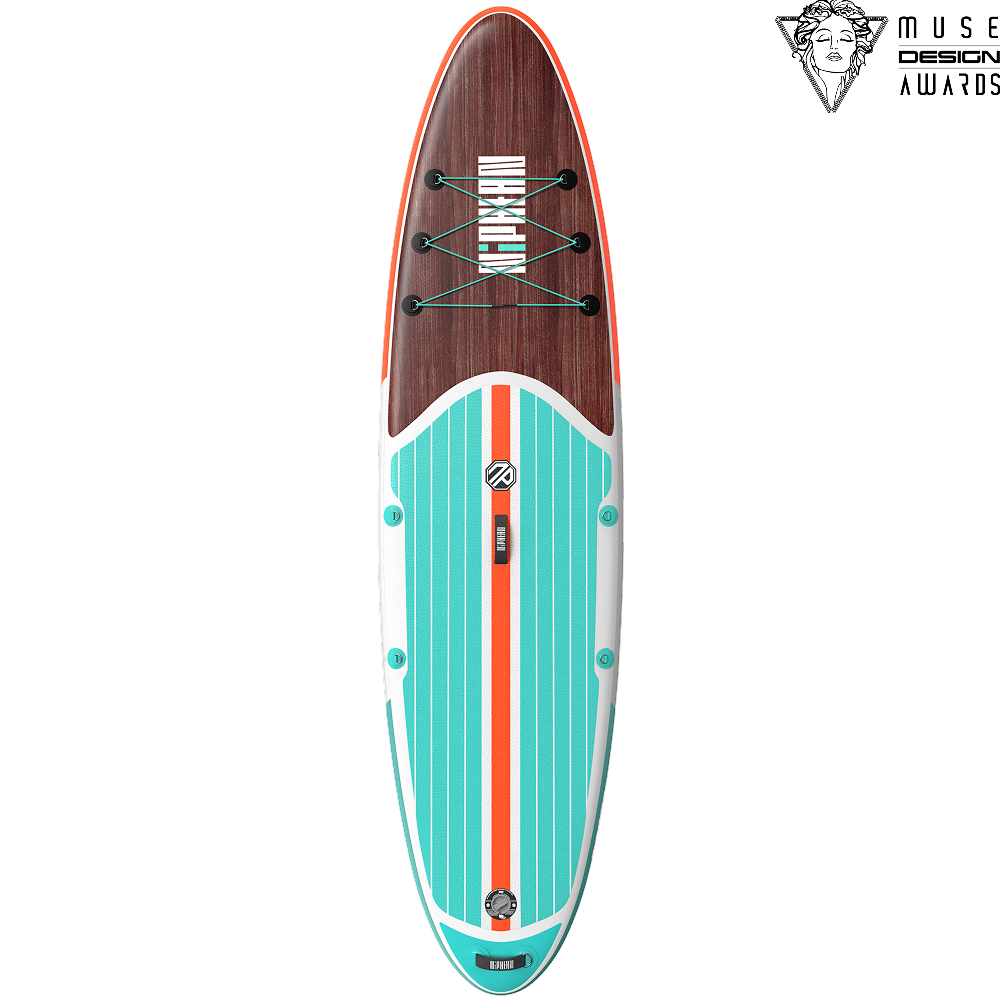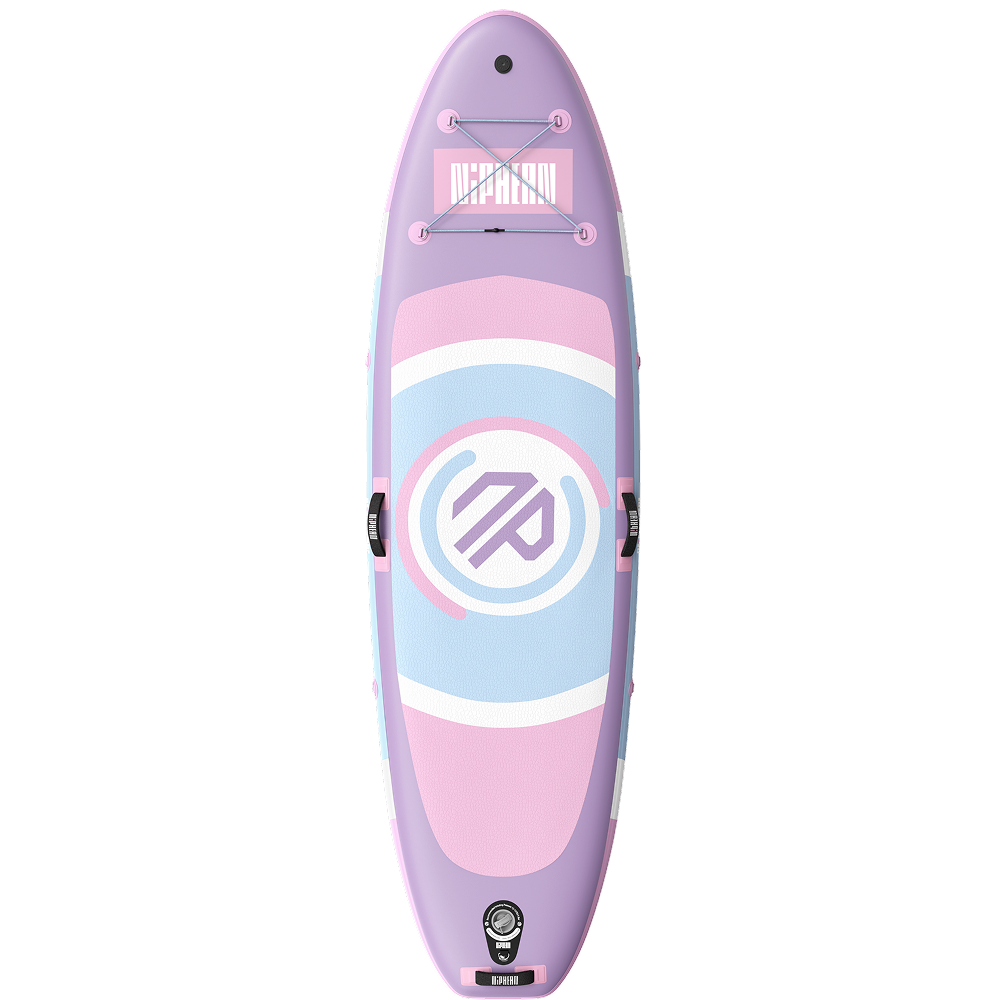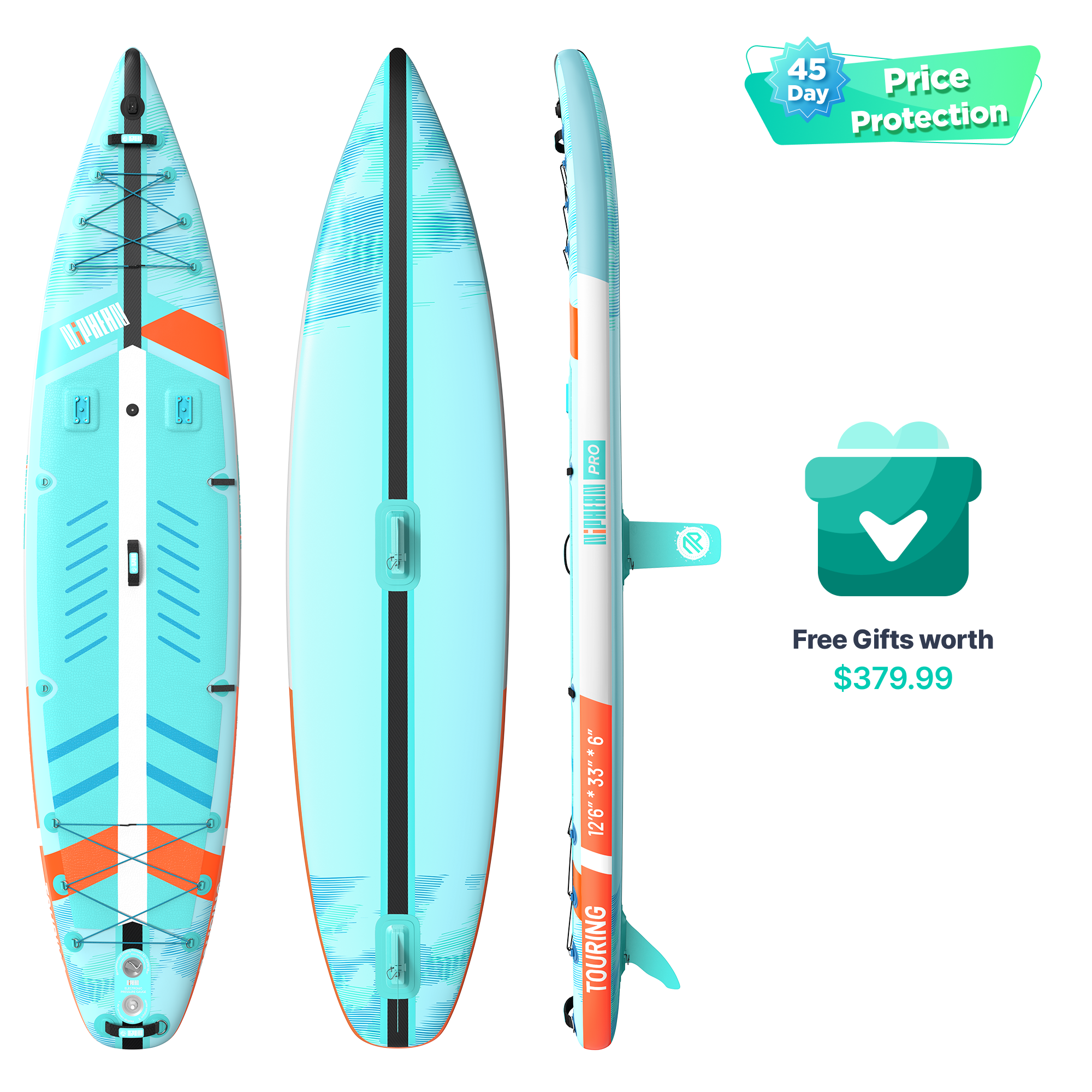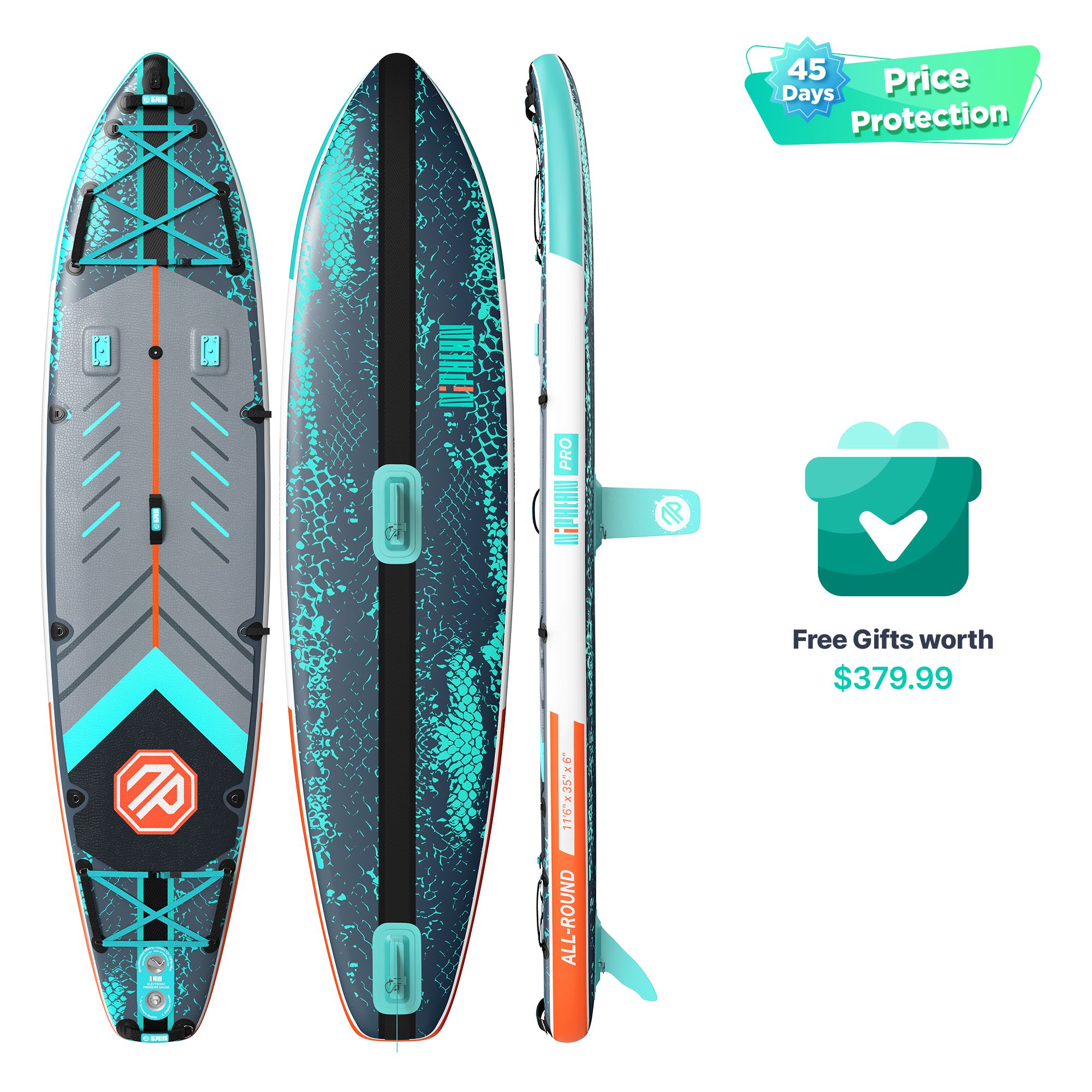- No products in the cart.
Is a Wide or Narrow SUP Better? Stability vs Speed Tested
Jul 23, 2025
When choosing the perfect stand-up paddle board (SUP), one of the most crucial decisions you'll face is board width. Should you go for a wider SUP that promises greater balance, or a narrower board built for speed? The right answer depends on your paddling goals, skill level, and the type of water you ride. In this guide, we break down the real-world performance of wide vs narrow SUPs-tested on stability, speed, and versatility.
What Does SUP Width Actually Affect?
Board width-typically ranging from 28” to 36”-directly impacts three key elements:
-
Stability
-
Speed
-
Tracking
A wider paddle board (33"–36") offers a more stable platform, ideal for beginners, yoga, fishing, or riders with a larger build. In contrast, a narrow SUP (28"–31") slices through water more efficiently, making it the choice for touring, racing, and long-distance paddling.
Wide SUP Boards: Pros and Cons
✅ Benefits
-
Excellent stability: Ideal for learning, choppy waters, or heavier paddlers
-
More space: Great for carrying gear, kids, or pets
-
Yoga/fishing friendly: Allows stationary balance and movement
❌ Trade-offs
-
Slower glide: More drag reduces speed
-
Heavier weight & wind resistance: Makes paddling less efficient in windy or long-distance conditions
Use Case: Wide boards are ideal for beginners, family paddling, or SUP yoga enthusiasts. They’re also a top choice for those using boards in lakes or calm bays.
Narrow SUP Boards: Pros and Cons
✅ Benefits
-
Faster & smoother glide: Less surface area means greater speed and better tracking
-
More agile turning: Especially useful in racing or maneuvering through waves
-
Performance-focused: Designed for skilled riders pushing performance limits
❌ Trade-offs
-
Less initial stability: More challenging for new paddlers or rough waters
-
Less space: Not ideal for carrying extra passengers or gear
Use Case: Narrow boards are best for advanced paddlers, SUP racers, or long-distance adventurers who prioritize speed and agility.
Test Results: Stability vs Speed in Action
To understand real-world differences, we tested a 34” wide all-around SUP vs. a 28” narrow touring SUP over a 1-mile course and during standing balance drills.
Speed Test
-
The narrow SUP was approximately 15–20% faster, especially in flat water conditions.
-
It maintained a straighter line with fewer paddle strokes.
Stability Test
-
The wide SUP was noticeably more forgiving when shifting stance or turning.
-
It provided more confidence in choppy waters or for new paddlers.
How to Choose: Wide or Narrow?
Ask yourself the following:
-
Are you a beginner or advanced paddler? → Beginners benefit from wider boards.
-
What’s your main activity? → Yoga/fishing = wide; Racing/touring = narrow.
-
Where do you paddle? → Calm water = either; Open ocean or long distances = narrower preferred.
-
How tall/heavy are you? → Heavier riders benefit from wider boards for balance.
Final Verdict
Neither wide nor narrow boards are “better” universally—it’s all about matching the board to your purpose. If you're just starting or paddling casually, opt for a wider SUP. But if you're chasing distance or racing goals, a narrower board will take your ride to the next level.Shop All Niphean SUP Boards
